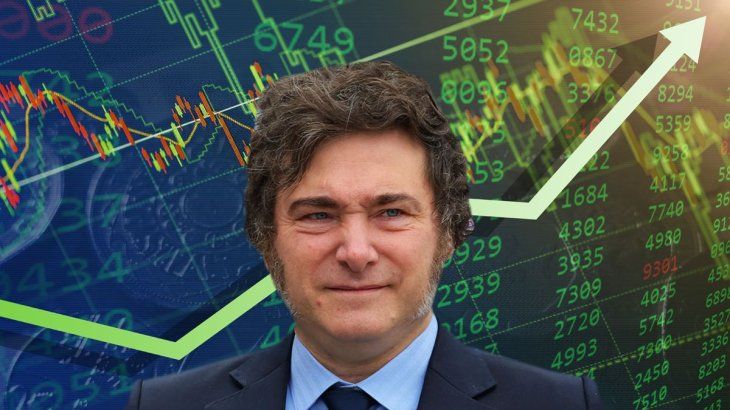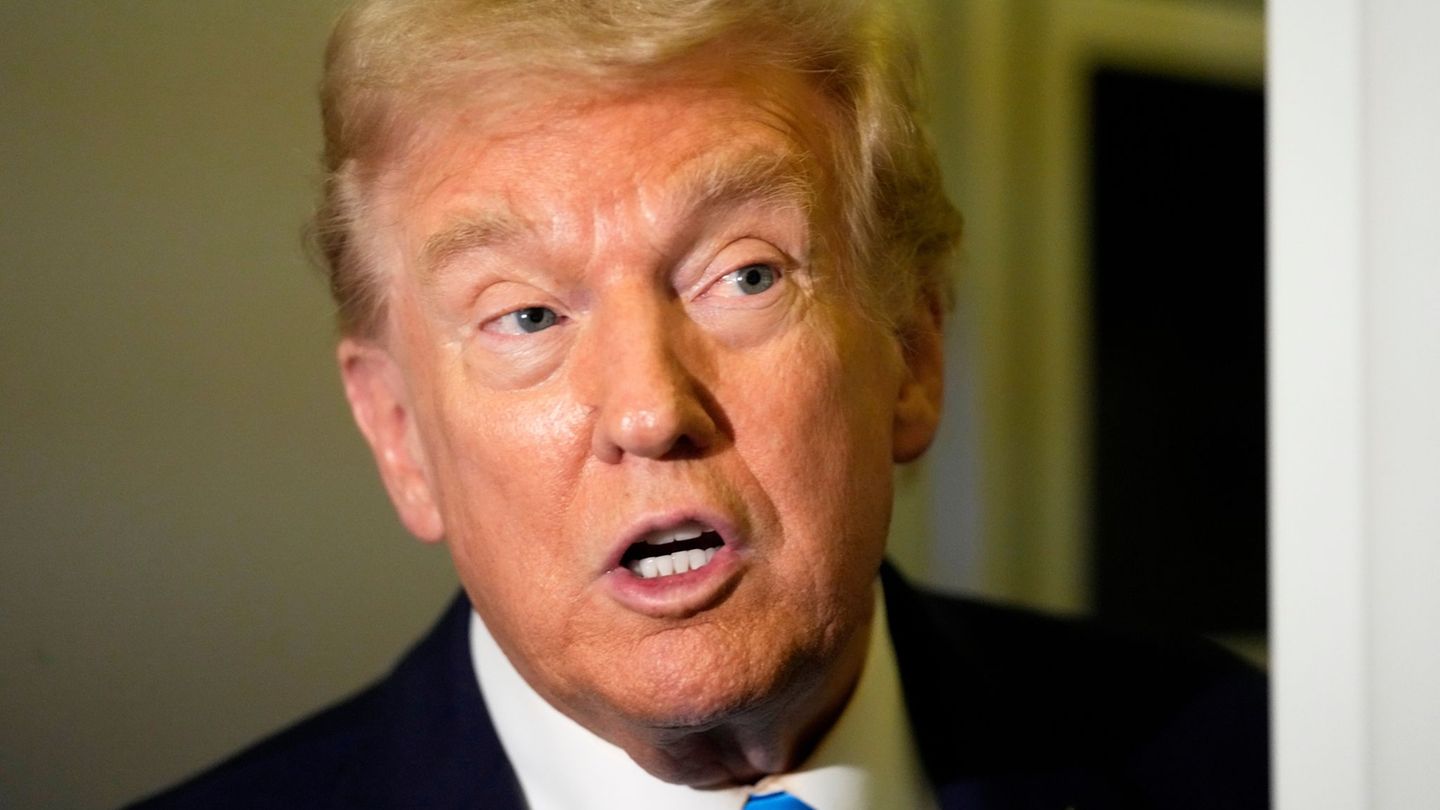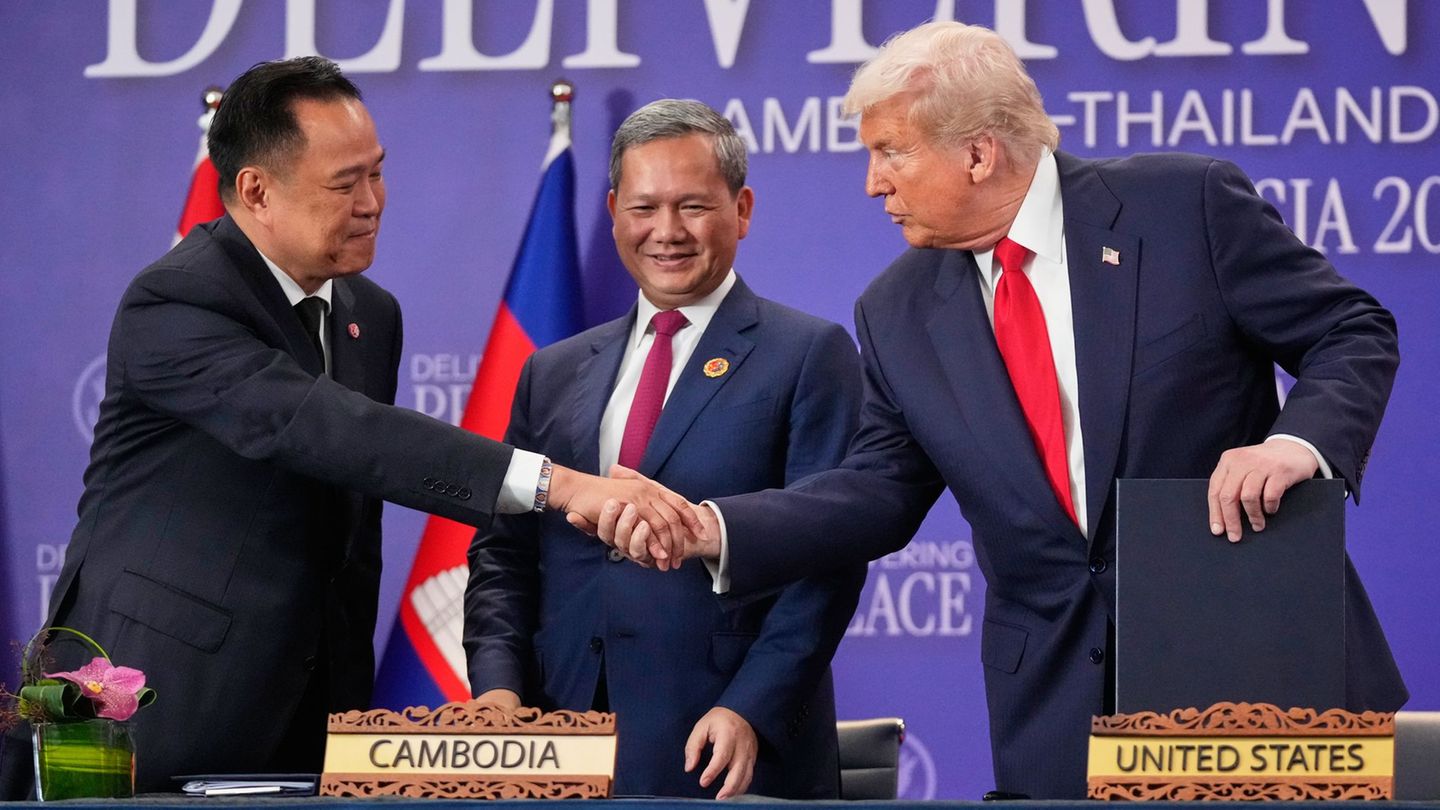Between the comings and goings, the barrage of ineffective announcements of the last few days and the marked improvisation of the government team, and in particular, of the economic team, no one is surprised by the tension that is felt in the local exchange and financial market. From this section it has been warned that The “only” thing that investors want to see at the moment, or at least pay close attention to, is for the Central Bank to buy reserves. Everything else takes a backseat, not because it is less important but because it can wait.
Meanwhile, at the tables they are making fun of the Council of Notables, which is losing soldiers every day to the libertarian executioners of the Rosada for criticizing economic policy. Not very serious.
What are you seeing on the tables? The inconsistency of monetary and exchange rate policy. That is why the consensus points to the Achilles heel of the accumulation of international reserves. The interpretation they have made of the latest measures and announcements is that with this the only thing the Government is doing, and caring about, is delay the issue of the cepo.
The second anniversary of the end of the carry trade is about to be celebrated and the appetite for hedging remains. Although, as we will see, there are still bets on the carry trade. On a trading desk at a local bank, they even satirized the exchange rate issue by saying that it would be better for the government to hire a “Tombolini” to manage the reserves.
At the end of the day, consultants explain to their market clients that the whole announced framework, instead of reassuring bondholders, had made them more worried given the reserve situation at the Central Bank (BCRA) and that everything was becoming more dependent on the exchange controls and the dollar blend. On top of that, according to a well-known economist with ties to the Government, the Rosada and the Economy Department are lowering the decibels of the momentum because they speculate that the PJ will have a tough electoral defeat in 2025. That is their beacon. Any resemblance to recent past Macri times would be a coincidence, the consultant ironically recalled the experience of 2017.
Milei Markets-02
First skirmishes
These have been the first days after the weekend’s announcements and At the market tables they recognize that the promise of intervention by the BCRA in the CCL dollar reconfigured the financial panoramaExperts point out that, beyond the possibility of seeing a reduction in the gap, it increases a series of challenges in terms of the accumulation of reserves, debt sustainability and economic stability in the short and medium term.
According to calculations by Juan Mazza (Cohen), with a 53% gap the BCRA would need to get rid of US$65 million for every US$100 million bought on the Free Exchange Market, therefore the percentage of dollars it needs to get rid of is greater the smaller the gap is, so with a 40% gap, it must get rid of US$71 million for every US$100 million bought. Now, then, for monetary experts the only potential emission factor left in the economy is the dismantling of LEFI by the banks.
Milei Markets

A seasoned operator from the 90s put cold cloths on the first results of the ads explaining that There is a risk that the market will perceive that the BCRA’s power to intervene is limited or that its commitment is very low. The sounding board for all this mess was the cousin of risk countryat levels that not even Di María can bring down to access the voluntary debt markets.
Speaking of carry, part of the market library sees value in the medium-term curve, such as the Lecap that matures in January 2025. Of course, a private manager contributes that, with a view to a smaller gap, the debt in pesos can win the fight against financial dollars. Meanwhile, sovereign bonds in dollars continue to be victims of this economic-financial zigzag of the Government, so given the current and projected position of reserves, inquiries about a restructuring in 2025 are returning. In the exchange of figurines, a young bonero from an international bank advised looking favorably at the Bopreal series 1 and 2 of 2027 that are quoted with yields around 25% and are bonds that can be pre-cancelled in pesos in April 2025 and 2026, respectively, remaining outside of what happens with the reserves.
Rate versus dollar
The one who is very active is the vice president of the BCRA who visited the top of the IAEF and then went to Wall Street to give a lecture on the economic program, in a first-class presentation. Meanwhile, in a private zoom, a strategist explained that the adjustment variables of the new scheme are the interest rate in pesos and the reserves, the rate being the price of money should rise while the supply will remain constant or fall in nominal terms.
But it could be the case that the low demand for money contracts along with the supply, leaving the interest rate in the same area as it is today. A colleague pointed out that it could not be ignored. The empire of the cepo that contaminates behaviors and forecasts.
Regarding reserves, they recalled that emerging countries that have a floating exchange rate with specific interventions and low inflation do not need to have a high amount of reserves, conditions that Argentina does not meet. What is the logic behind all this? Although the remunerated Monetary Liabilities of the BCRA are practically eliminated and the Treasury has a fiscal surplus, the chances of obtaining financing at sustainable rates to roll over the debt in foreign currency are still remote, so the market expects the BCRA to buy reserves.
Of course, if the inflation rate is below the depreciation of the official dollar, this improves the real exchange rate and could provide room to accumulate reserves. This is the logic that the Government apparently follows behind these measures. There is still expectation and learning about how to operate the official intervention in the CCL, where the market’s track is to arbitrate by buying parities when the BCRA sells reserves and therefore does not intervene in the CCL and sell them to the BCRA when it goes out to sell dollars, buying parities.
In the case of pesos, it is the other way around: buy the bond against pesos when the BCRA absorbs what was issued via the exchange market (it is selling) and sell it when the BCRA pays the parity, which influences the price in pesos. For now, the consensus is to wait and see what the BCRA does.
Back from Miami
Several men from the local market who have already returned from the “sports” road show in New Jersey and Miami, in addition to bringing details of the attack against Donald Trump, shared some data and clues with those who did not go to the Copa America. One of the returnees commented that with US inflation behaving as it should, the French and British elections in the rearview mirror and another season of corporate earnings that is expected to reinforce the arguments in favor of the current valuations of the S&P 500, the appetite for risk increased considerably during the past week where the alternative funds tracked by EPFR registered their largest inflow since mid-March: technology sector funds absorbed more than 1.5 billion dollars for the fourth time in the last five weeks, flows into cryptocurrency funds and high-yield bonds rose to five-week highs and emerging market bond funds registered their tenth inflow so far this year.
The US and emerging Asia (China and India) continue to absorb the bulk of new money committed by equity investors. Meanwhile, as gold broke above $2,400 an ounce, gold funds tracking EPFR saw the pace of inflows slow compared to the previous two weeks. The group recorded its seventh inflow in the past nine weeks, while silver funds broke a four-week streak of inflows.
Another closely watched theme for investors is that flows into emerging market local and hard currency bond funds remained stable, while flows into South African bond funds hit a 26-week high and a revival of flows into Chinese bond funds hit a wall.
Over the past 18 months, Asian bond fund managers (excluding those in Japan) have rotated exposure from China, India, Korea and Malaysia to Taiwan, the Philippines and several developed markets. At an informal meeting, several mutual fund managers and strategists were updated on recent moves, such as Pilar Tavella (ex-IDB, ex-BM and ex-Macroview) who left Barclays to join the Balanz Group as the new Director of Macro Research & Strategy at Balanz Argentina, for the region. Movements were also discussed at Puente, especially on the neighboring shore, and at Bavsa, which has assembled interesting Corporate teams.
A diner who had just arrived, not from Miami but from Germany for the Euro Cup, said that the emerging markets people at Edmond de Rothschild were betting that the Fed’s monetary policy shift and the expected weakening of the dollar in 2024 could encourage investors looking for yield to return to emerging assets. According to them, the market for labelled emerging corporate debt (green sustainable bonds, etc.) already totals $900 billion (it is 25% of the global market), so they believe that emerging bonds have solid fundamentals, both in the sovereign and corporate segments. We will see.
Source: Ambito
I am a 24-year-old writer and journalist who has been working in the news industry for the past two years. I write primarily about market news, so if you’re looking for insights into what’s going on in the stock market or economic indicators, you’ve come to the right place. I also dabble in writing articles on lifestyle trends and pop culture news.




